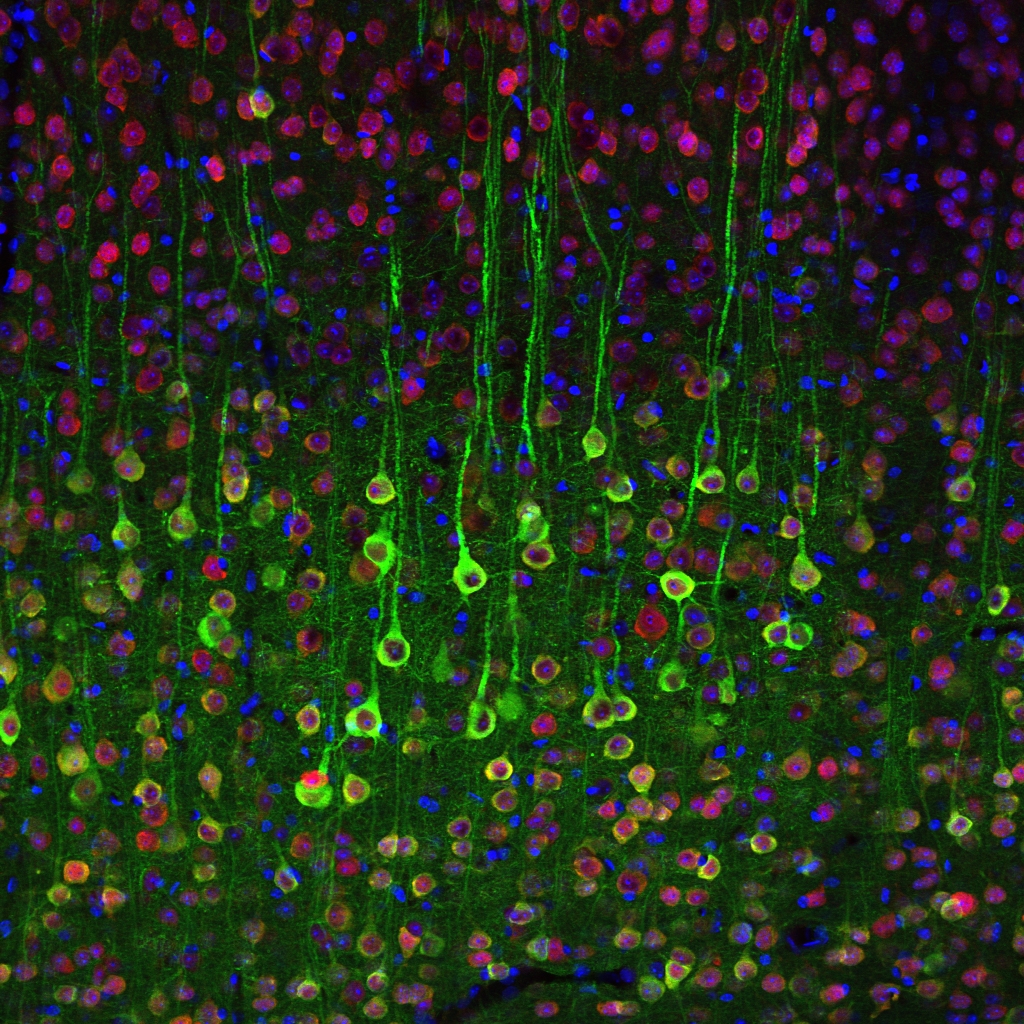Broader Impact Highlights

2024 DMREF Training Workshop
12/1/2025 | Kenan Gundogdu (NC State University)

2025 HybriD3 Materials Theory Training Workshop
12/1/2025 | Volker Blum (Duke), Yosuke Kanai (UNC-CH)

Training & Outreach to Accelerate Materials Discovery
9/16/2025 | Haiyan Wang (Purdue University)
This description highlights a training and outreach program that mentors students from undergrad to PhD in thin-film growth, laser patterning, and advanced materials characterization to spark new insights. It includes lab tours and internships to introduce the next generation to pulsed-laser deposition and multifunctional materials research, aiming to inspire careers in the field. Strong collaborations with Purdue and external partners boost TEM and microscopy capabilities, speeding breakthroughs in nanocomposite thin films.

AMS Materials Camp
9/2/2025 | Gregory Thompson (U. Alabama-Tuscaloosa)
The University of Alabama hosted a special ASM Materials Camp II from June 24-28, 2024, welcoming 20 educators from various states. This event built on last year's camp, providing teachers with more tools to teach materials science in their classes. Participants engaged in hands-on casting experiments and toured a local Nucor plant. The university plans to hold a Camp I in 2025, establishing a rotating schedule for these camps in the future, backed by the DMREF project.

Quantum + Chips Summer School
8/27/2025 | Tony Low (University of Minnesota)
The 'Quantum + Chips' summer school will take place at the University of Minnesota from July 31 to August 11, 2024, bringing together 50 undergraduate students from the U.S. and Korea. This program, launched in 2023, aims to inspire future scientists in computing and prepare them for technical careers through hands-on experiences, lectures, and team-based challenges. It also fosters connections between students and local industries, with support from major companies like Intel and Google.

Small-molecule, Ionic Isolation Lattices (SMILES) and Local Outreach using Fluorescent Materials
8/13/2025 | Amar Flood (Indiana University)
Indiana University’s Science Fest features a popular table focused on Small-molecule Ionic Isolation Lattices (SMILES), showing off these vibrant fluorescent materials. Around 200 attendees, mainly children, participate in hands-on activities, like creating art with SMILES ingredients and observing colorful crystals under UV light. They also explore a 3D model of the crystal structure. The event sparks curiosity and engagement in science, with many kids returning each year with even more questions.

AI-Accelerated Superconductor Discovery: From Algorithms to Novel Materials
6/25/2025 | Richard Hennig (University of Florida)
The 'AI for Superconductivity' workshop, held on April 28-29, 2025, gathered experts in artificial intelligence and superconductivity to share insights and explore future developments. The program included talks, discussions, a poster session, and a dinner for networking. Key topics covered advances in crystal structure prediction, generative AI in superconductor discovery, collaboration between academia and industry, and the quest for room-temperature superconductors.

Educational and Outreach Activities in Kadkhodaei’s Lab
6/20/2025 | Sara Kadkhodaei (University of Illinois-Chicago)
In the 2023-2024 academic year, Kadkhodaei's project supported two PhD students and one undergraduate, leading to one PhD being awarded. The team engaged in outreach, presenting a science demonstration to middle school students during a workshop. They also worked to better incorporate advanced computational methods into the materials engineering curriculum at UIC and advised undergraduate students competing in a national design competition, which led to a research article authored by the students.

Prediction and Synthesis of Next Generation Superhard Functional Materials
6/20/2025 | Eva Zurek (SUNY-Buffalo)
Zurek led an informative talk and workshop on crystal structure prediction using the XtalOpt evolutionary algorithm at a summer school hosted by the PARADIM Materials Innovation Platform at Johns Hopkins University. The event focused on "Data Driven Materials Discovery" and aimed to equip students with skills to apply a data-driven approach in designing and creating quantum materials with specific properties.

Prediction and Synthesis of Next Generation Superhard Functional Materials
6/20/2025 | Russell Hemley-(University of Illinois Chicago)
Students from UIC's Physics, Chemistry, and Materials Engineering programs have gained practical experience in high-pressure sample preparation and experimental techniques at labs and synchrotron facilities. This initiative has fostered collaboration among students and researchers from various U.S. departments and international institutions like the Bhabha Atomic Research Centre in India, focusing on joint research and training in developing next-generation superhard materials.
Showing 1 to 10 of 64